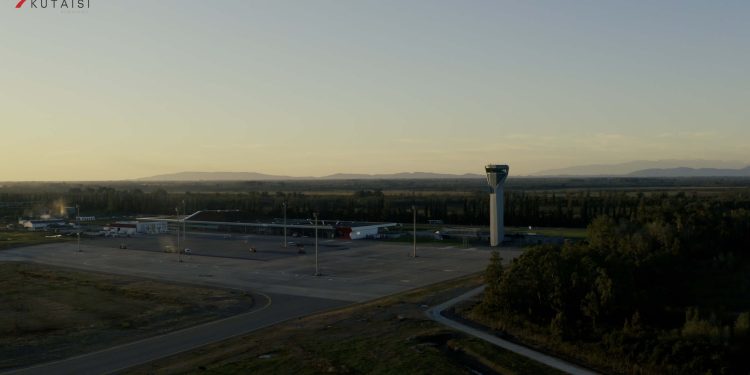The Union of Georgian Airports has recently announced a tender for the design services of a new runway and airport infrastructure at the Kutaisi International Airport, named after Davit Agmashenebeli. The project aims to prepare design documents for the future development and reconstruction of the airport’s facilities, with a focus on accommodating E-coded aircraft, specifically the Boeing 747-400-800 type. The project involves several critical components and must adhere to Resolution N87 of the Government of Georgia.
Runway Design: The primary task is to design a new runway capable of handling E-coded aircraft. The chosen location should be justified, and the artificial cover material must be selected based on economic calculations. Compliance with Resolution N87 is mandatory to ensure safe and efficient operations.
Three-Way Runways: The existing three-way runways, TWY-A and TWY-B, will be modified and adapted for E-coded aircraft. Additionally, a new three-way path may be required. These runways must be seamlessly connected to the main runway, facilitating smooth entry and exit for E-code aircraft.
Reinforced Sides: To accommodate E-coded aircraft, the reinforced sides of the three-way runways must possess at least 1/3 of the strength of the main three-way tracks. A comprehensive scheme for aircraft movement on these runways, along with appropriate marking, should also be prepared.
Drainage System: Due to the potential changes in the runway’s location, the existing drainage system requires reconstruction. A new drainage system will be designed to cover the entire airport area within the red lines. Additionally, if the design involves diverting water flows from the airport territory, an appropriate solution must be provided.
Resettlement Plan: Should the project necessitate the resettlement of adjacent areas, a comprehensive documentation plan must be prepared. This includes topographical assessments of relevant territories, registration and separation of private plots, inventory of plots (including buildings and trees), evaluations, audit reports for redemption purposes, and the signing of agreements with owners.
The tender for the project’s design services is open for submissions from July 19 to July 21. Interested companies are invited to participate and submit proposals outlining their capabilities in meeting the technical requirements and delivering the necessary design documents.
The successful implementation of this project will not only enhance Kutaisi International Airport’s capacity and capabilities but also reinforce Georgia’s position as a regional aviation hub. By preparing the airport to accommodate E-coded aircraft, the country can expect increased air traffic and improved connectivity, benefiting both the local and international aviation communities.
By Mariam Gorkhelashvili














